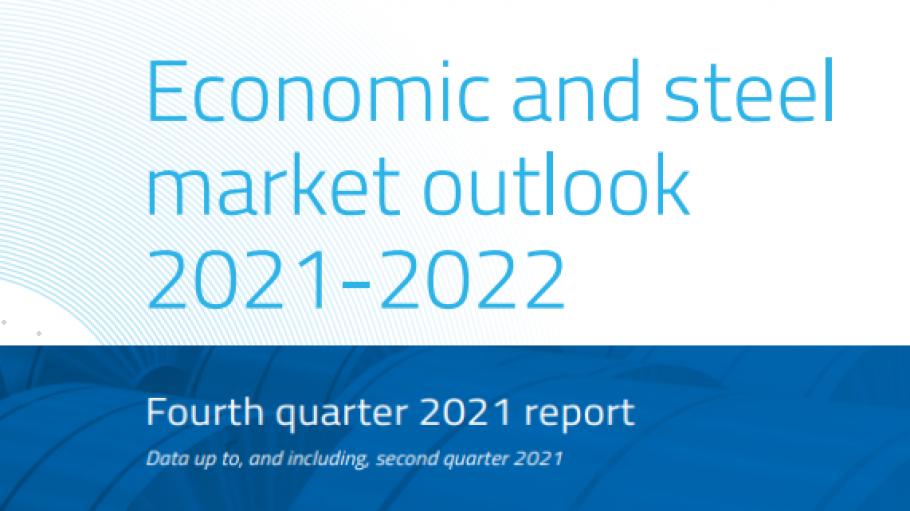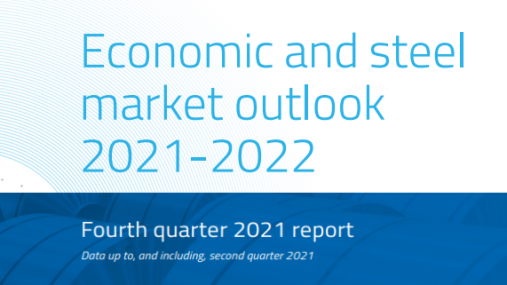
Publications » Economic and market outlook » Economic and steel market outlook 2021-2022, fourth quarter
Economic and steel market outlook 2021-2022, fourth quarter
Downloads and links
Recent updates

The positive trend seen in apparent steel consumption as well as in steel-using sectoral output continued over the second quarter of 2021, at a considerably higher pace than in the first quarter of 2021. This was driven by the ongoing recovery in demand from the industry sector, where output bounced back after the losses experienced during the pandemic.
At the same time, this is also due to the comparison with the very low output levels seen one year earlier. The second quarter of 2020 saw widespread lockdowns and stoppages to industrial activity that were implemented across the EU as a result of the outbreak of the Covid-19 pandemic.
However, the general economic and industrial recovery in the EU appears to be increasingly uneven and exposed to downside risks, mainly the ongoing, severe disruptions in the global supply chain (i.e. shortage of components and raw materials, skyrocketing energy prices, rising shipping costs, etc.), as well as the sluggish implementation of vaccination plans in some Member States and COVID-19 variants.
Recovery in steel-using industries and in steel demand is expected to continue through 2021 but at a moderate rate and subject to considerable uncertainty at least until the first quarter of 2022, when most of the current global supply chain disruptions are expected to disappear or to ease significantly.

Download this publication or visit associated links
Brussels, 02 July 2025 – The 90% climate target proposed today by the European Commission demands an unprecedented transformation of EU society and industry in just 15 years. The European steel industry is already doing its part, but a viable business case for the transition is still lacking. To enable it, the EU needs to implement the Steel and Metals Action Plan much more decisively, delivering a highly effective trade protection against global overcapacity, access to internationally competitive low carbon energy and scrap, and a watertight CBAM, says the European Steel Association.
How global overcapacity is destroying European industries
European Steel in Figures 2025 is EUROFER's statistical handbook, laying out in an easy-to-use format the key statistics and data about the performance and footprint of one of Europe's most important strategic sectors